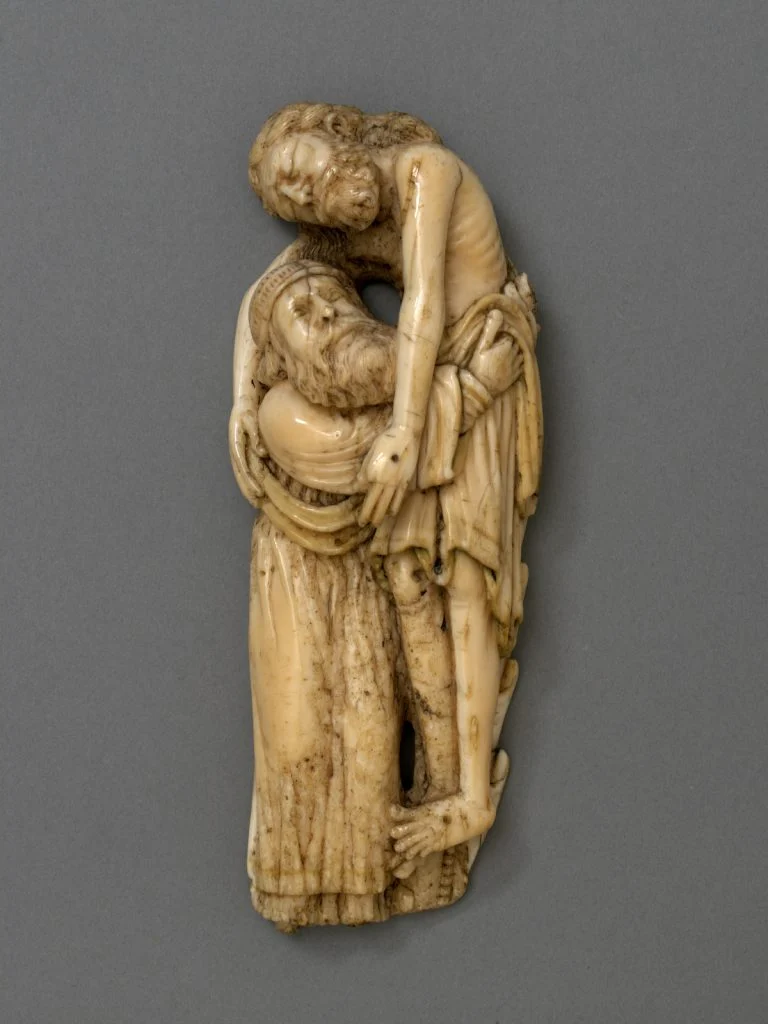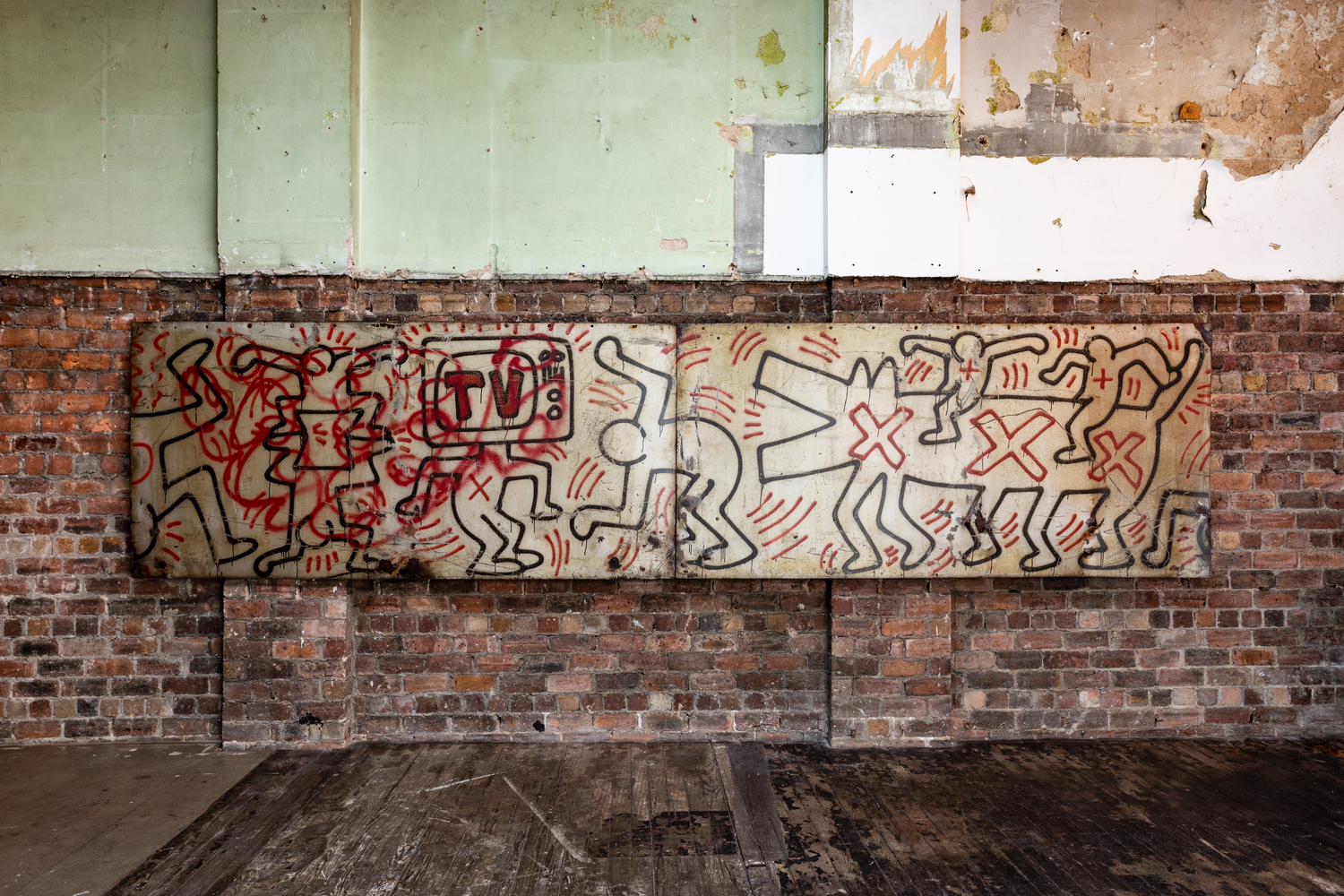Victoria & Albert Museum (V&A) in London has secured a rare medieval carving of Jesus, edging out New York’s Metropolitan Museum of Art (the Met). This seven-inch sculpture, meticulously carved from walrus ivory and depicting Jesus being taken down from the cross, dates back to circa 1190–1200. Known as The Deposition from the Cross, this statuette became the center of a transatlantic tussle when the Met privately purchased it from Sotheby’s last year for over $2.5 million, contingent on its export to New York. Previously, the piece had been on loan to the V&A from 1982 until 2022.
However, the U.K.’s Department for Culture, Media and Sport intervened in November 2023, withholding the export license. A government advisory committee had deemed the sculpture “one of the most culturally and aesthetically significant objects” reviewed in the past five years. This decision triggered a race against time for British buyers to raise the necessary funds to keep the artifact in the country.
The V&A launched a nationwide appeal, ultimately raising £2 million ($2.5 million) with assistance from the National Heritage Memorial Fund, Art Fund, and various grant-making organizations, as well as contributions from its members and the U.K. public.
“I am thrilled that the V&A has been able to save this elemental object of English art for the nation,” exclaimed Tristram Hunt, the V&A’s director. “In this small, sublime carving is captured a lost story of Christian culture, Romanesque design, and medieval craftsmanship.”
This ivory sculpture, along with its counterpart—a carving of Judas at the Last Supper—originated from a larger altarpiece depicting the Passion of the Christ. The V&A has housed the Judas carving since 1949, and both pieces have been displayed side-by-side for decades in the museum’s Medieval and Renaissance galleries. These two carvings are the sole surviving fragments from the original altarpiece, believed to have been created in York before being dismantled during the Reformation in the 16th century.
This acquisition not only preserves a vital piece of English medieval art but also ensures that the narrative of Christian heritage and artistic ingenuity continues to inspire future generations within the nation’s cultural institutions.








